India’s Mikoyan-Gurevich-21 (MiG-21s) are set to be phased out.
Tomorrow (26 September), the Indian Air Force (IAF) will bid goodbye to the iconic Soviet-origin fighter planes that have been in service for six decades.
Few would argue against this development, given that the plane, despite having delivered yeoman service to the IAF including during the 1971 war, has in recent years been in the news more for its dismal safety record.
So much so that the MiG-21 was bestowed with the sobriquet of the ‘flying coffin’ or ‘widow maker’ due to the number of pilots who died in crashes.
However, with the MiGs being put out to pasture and the delivery of light combat aircraft Tejas still awaited, India desperately needs more fighter jets.
But what is India doing to increase its squadron strength? Why does the IAF need to induct more jets?
What is India doing?
There are reports that the Ministry of Defence is set to sign a major defence contract with Hindustan Aeronautics Ltd (Hal) today. The deal will be for 97 Tejas Mark-1A fighter jets valued at around Rs 67,000 crore. The Cabinet had approved the acquisition in August.
The indigenously-developed Tejas aircraft is proficient in air combat and providing offensive air support. It also supports reconnaissance and anti-ship operations. Officials say once inducted, it will be the backbone of the Indian Air Force for several years.
However, this comes as the IAF has not yet received even a single one of the 83 ‘improved’ fighter planes it ordered from Hal in February 2021 for an estimated Rs 48,000 crore. While there were reports that Hal would deliver the first such plane to the IAF in September, that hasn’t happened yet.
The development has not gone unnoticed by senior officials. In fact, Indian Air Force chief A.P. Singh at the CII Annual Business Summit 2025 in May said, ‘timeline is a big issue’ when it comes to fulfilling orders.
“So, once a timeline is given, not a single project that I can think of has been completed on time. So this is something we must look at. Why should we promise something which cannot be achieved? While signing the contract itself, sometimes we are sure that it is not going to come up, but we just sign the contract,” Singh said. “In the next 10 years, the Air Force will require more input from the industry, but we also need to act today and get into quick Make in India programmes so that we can achieve the ‘Now Ready’ part of it, while ‘Design in India’ continues to progress in the near future.”
These remarks came just months after Singh spoke about how his confidence in Hal to deliver planes in a timely manner had been dented.
“You have to alleviate (our) worries and make us more confident. At the moment, I am just not confident of Hal, which is a very wrong thing to happen,” Singh said. “I can tell you what our requirements and worries are.”
Hal for its part has blamed General Electric Aerospace (GE) – which is making the F-404IN20 engines that power the light combat aircraft – for missing the deadline.
GE Aerospace’s F404 family is known to be one of the most effective aircraft engines. It powers thousands of combat jets worldwide. The F404-IN20 engine is a tailored design for India’s single-engine fighter programme with the highest thrust within the F404 family and a higher-flow fan, unique single-crystal turbine blades, and numerous special components.
What is GE saying?
The American firm, which has its manufacturing facility in Lynn near Massachusetts, in turn has blamed the supply chain issues exacerbated by the Covid-19 pandemic.
The firm said it finished its commitment to Hal and delivered 65 F404-IN0 engines for the Tejas LCA by 2016. However, it shut down the production line after receiving no additional orders. It was only in 2021 when it received a new order from Hal that it began the difficult task of reviving the production line as well as the supply chain – no easy process.
“Restarting the F404-IN20 engine line during the COVID pandemic was even more challenging…” GE said. “With a high focus on safety and quality, and a remarkable commitment from our supply chain teams and our suppliers and partners, we have managed to restart the line,” the company said.
“Our proprietary lean operating model, flight deck, helped us alleviate bottlenecks and identify solutions to improve manufacturing processes and turnaround time,” it added.
The company said it is working closely with its suppliers to ramp up production on parts and materials for the F404-IN20.
“We will continue to work together with our suppliers to keep the production line efficient, maintain the highest standards of safety and quality, and deliver to our customer,” it said.
The indigenously-developed Kaveri engine, which the DRDO had planned to power the LCA, has also been repeatedly delayed. In fact, this was the reason why Hal turned to GE Aerospace.
Why IAF needs more jets
This is because the strength of the Indian Air Force has been reduced to just 29 squadrons – each comprising between 16 and 18 aircraft. India has mostly Rafale and Su-MKI craft. Not only is this a historic low, it is far beneath the 42.5 squadrons recommended for India to remain at full strength.
Pakistan, meanwhile, has 25 fighter squadrons with between 300 and 320 fighter jets. However, the Pakistan Air Force is also looking to modernise. It wants to buy at least 40 J-35A fifth generation stealth jets from China.
China, meanwhile, has a massive numerical advantage over India when it comes to the number of fighter jets it can put in the sky. There are reports that the People’s Liberation Army Air Force (PLAAF) has between 1,200 and 1,300 fighter jets – mostly fourth generation fighters but also some fifth generation craft – not to mention its bombers and force multipliers.
Meanwhile, an internal assessment conducted by the IAF post Operation Sindoor shows that even the “authorised” 42.5 fighter squadrons may not be enough to fend off its adversaries.
Singh himself sounded the alarm earlier this year, saying that the IAF is falling short on numbers and that at least 40 aircraft need to be inducted every year simply to maintain the strength.
The Tejas, meanwhile, is a 4.5 generation fighter at best.
Hal recently said it will deliver two Tejas Mark-1A fighter jets to the Indian Air Force in October. This comes after it said it received one engine from GE Aerospace earlier this year and is on track to receive another.
GE has reportedly delivered three engines to Hal and is slated to deliver another seven to the state-run public sector undertaking by December.
Hal has said it will deliver around 20 Tejas craft to the IAF initially, which will later be ramped up to between 24 and 30 craft in the coming years. However, even this won’t be enough to maintain the squadron strength of the IAF as more and more planes are put out to pasture.
India, which has fought wars against both its neighbours, would do well to watch its back.
What about 5th gen AMCA?
India is developing a 5th generation Advanced Medium Combat Aircraft (AMCA) in an attempt to boost the country’s aerial capabilities.
Defence Minister Rajnath Singh gave the go-ahead to do so earlier this year. However, this craft has been in the works for over a decade and a half. A full-scale model of the AMCA was even unveiled at Aero India 2025.
However, it could take more than a decade, if not longer, for any of these 5th generation AMCA to be inducted into the Indian Air Force.
Meanwhile, the United States, China and Russia are already building such advanced planes. The US has the F-22 Raptor and F-35 Lightning II, while Russia has the Sukhoi Su-57. China reportedly has already inducted two such advanced stealth planes into its air force.
There are reports that China is even in the process of developing a 6th generation fighter plane. Videos and images of these planes have gone viral on social media.
America, meanwhile, has announced that it will build its own 6th generation fighter jet – the F-47 – officially known as the Next Generation Air Dominance (NGAD). Trump has vowed that these fighter jets will have ‘unprecedented’ power.
It seems like the battle for superiority in the sky will not end anytime soon.
With inputs from agencies


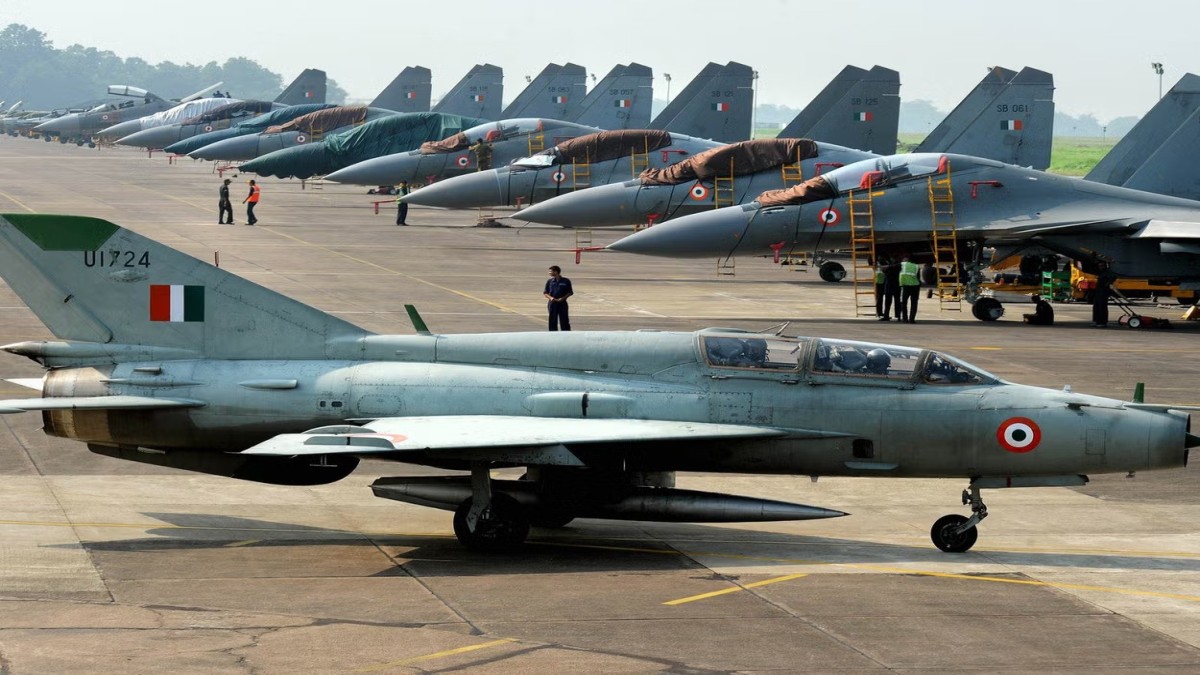)
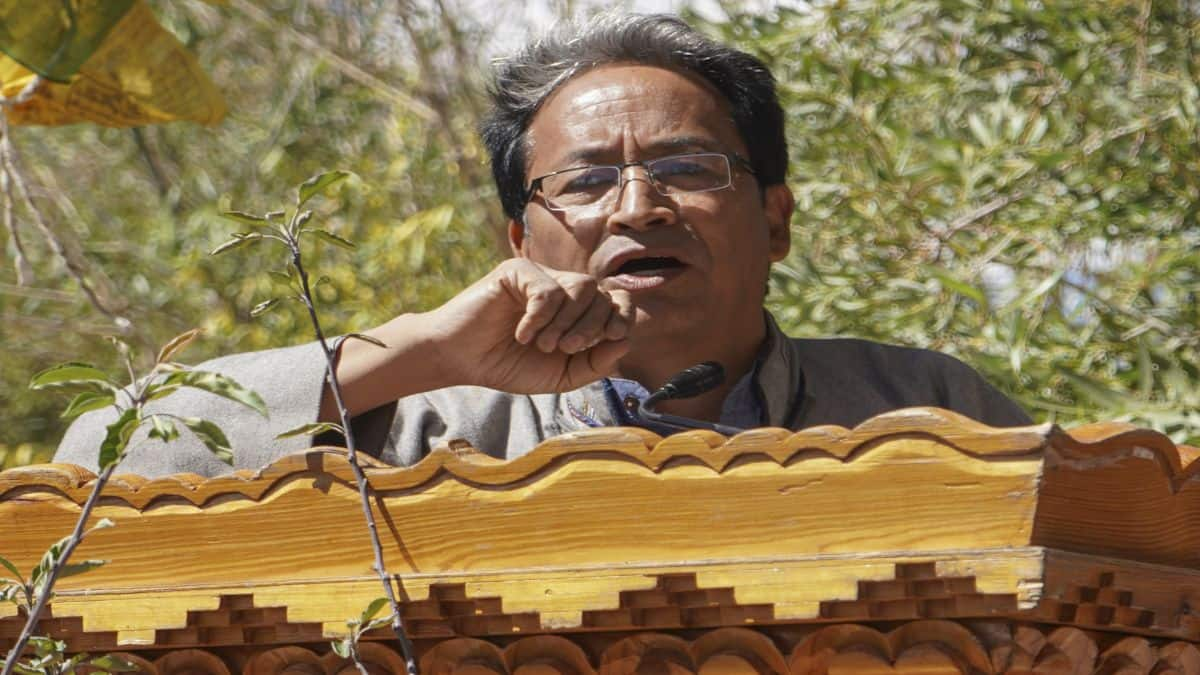
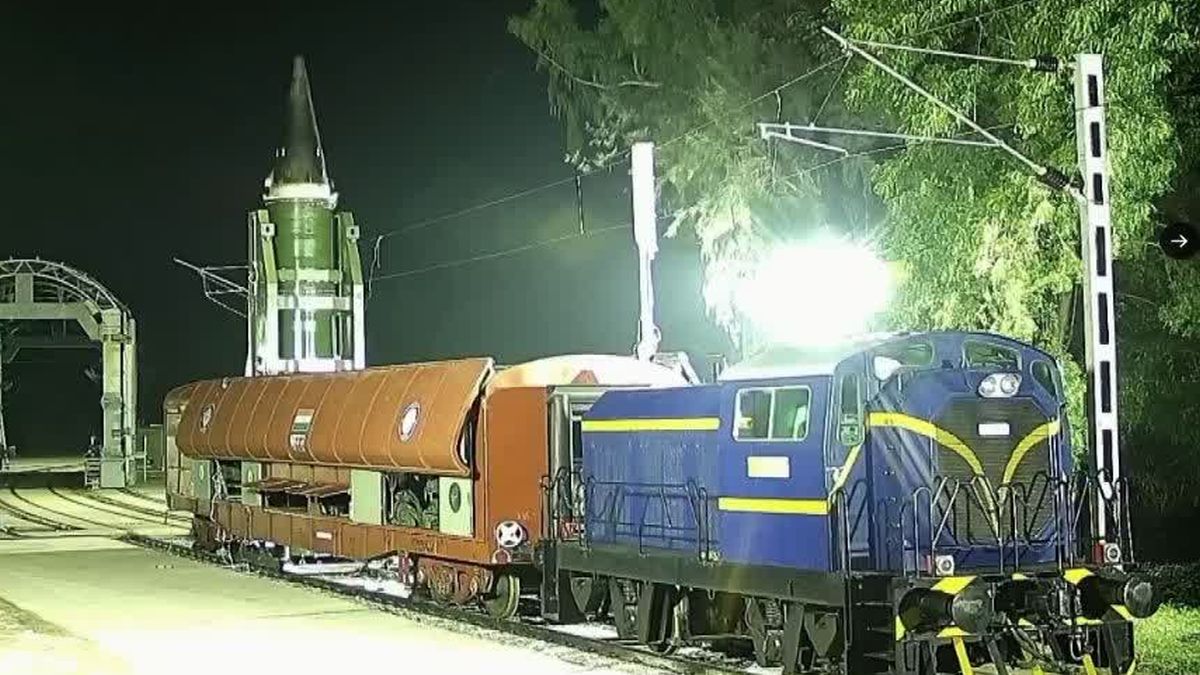)
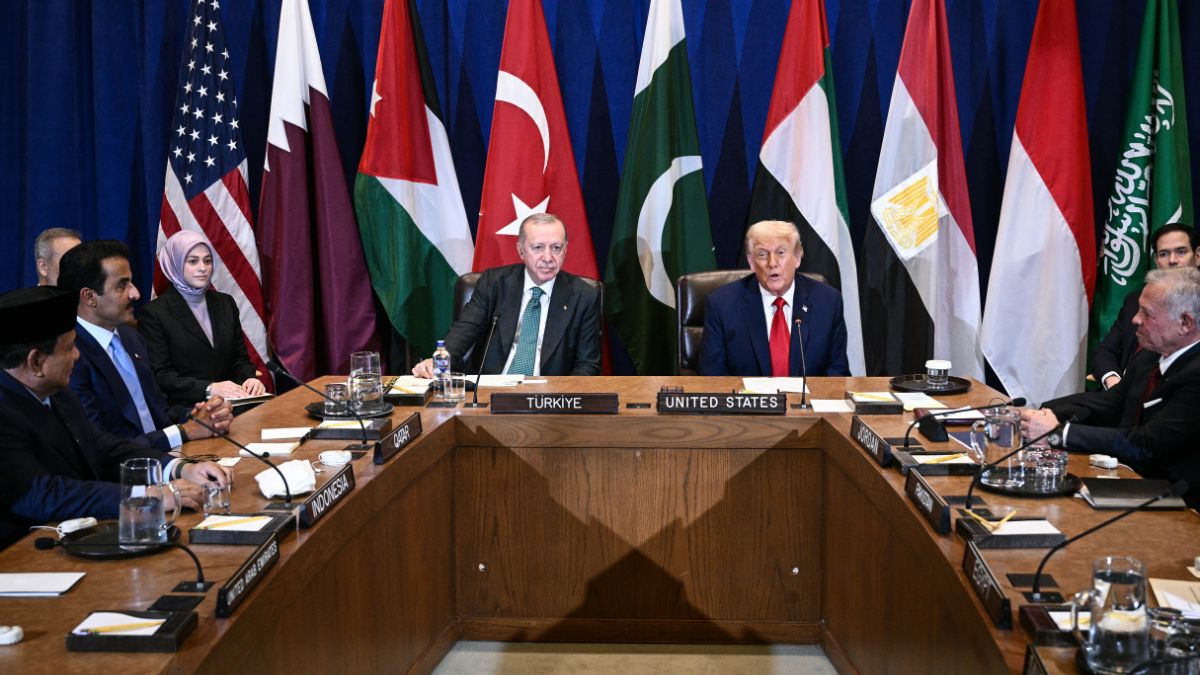)
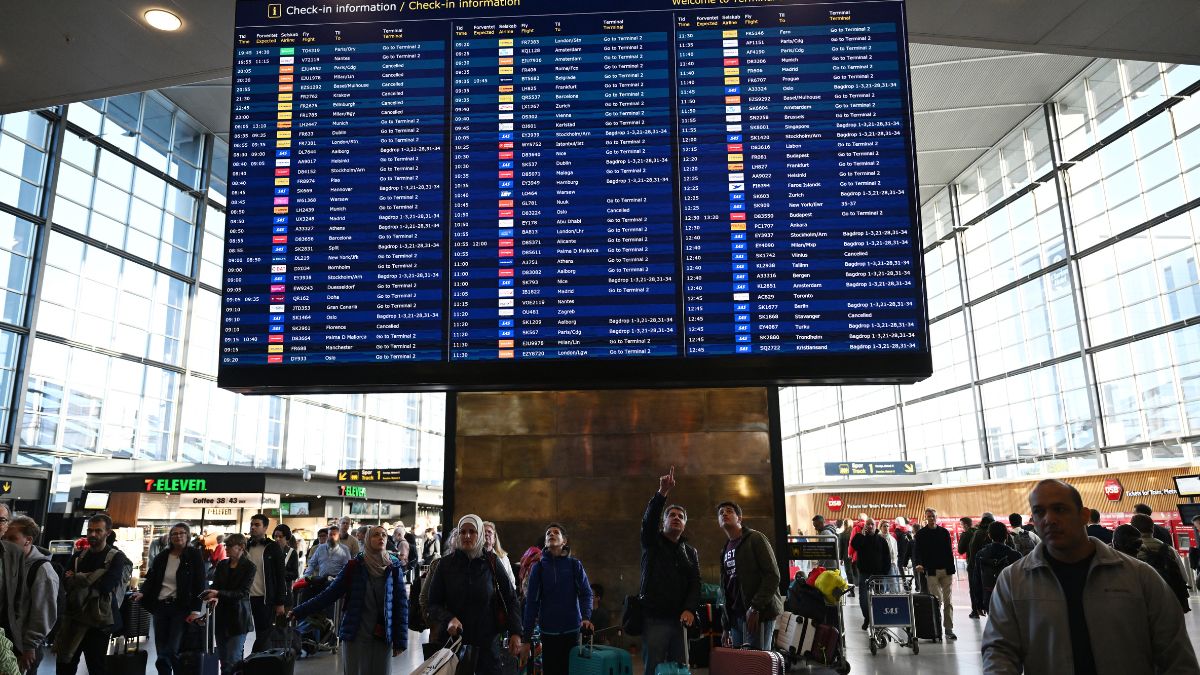)
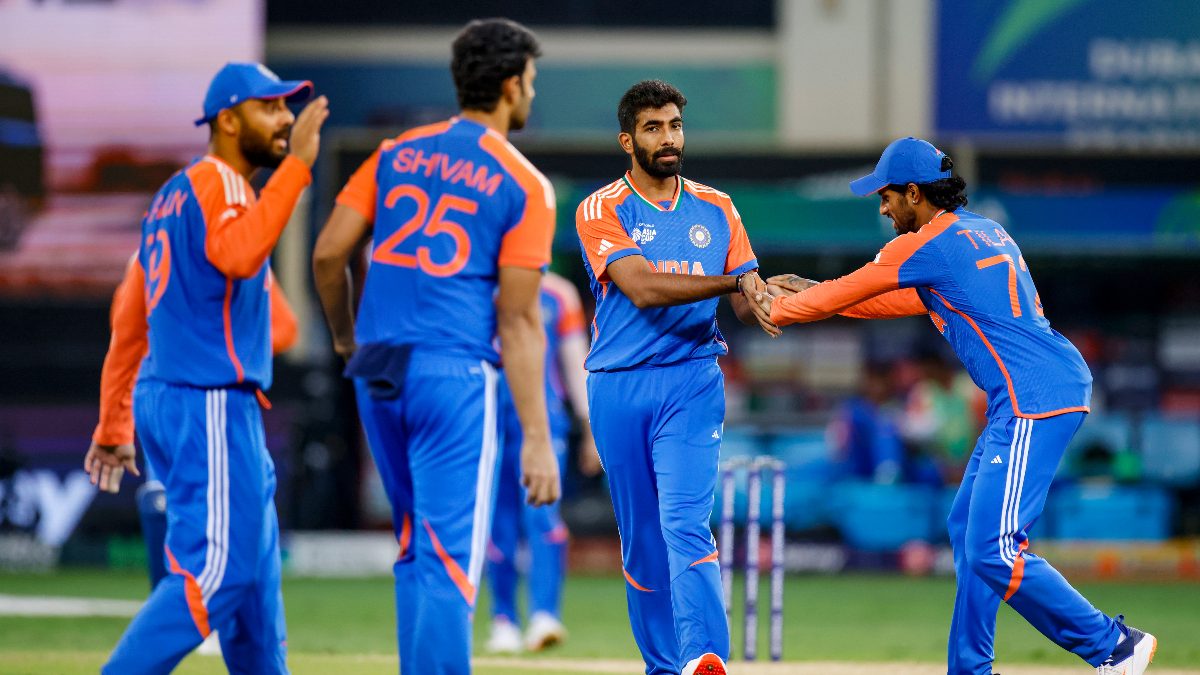)
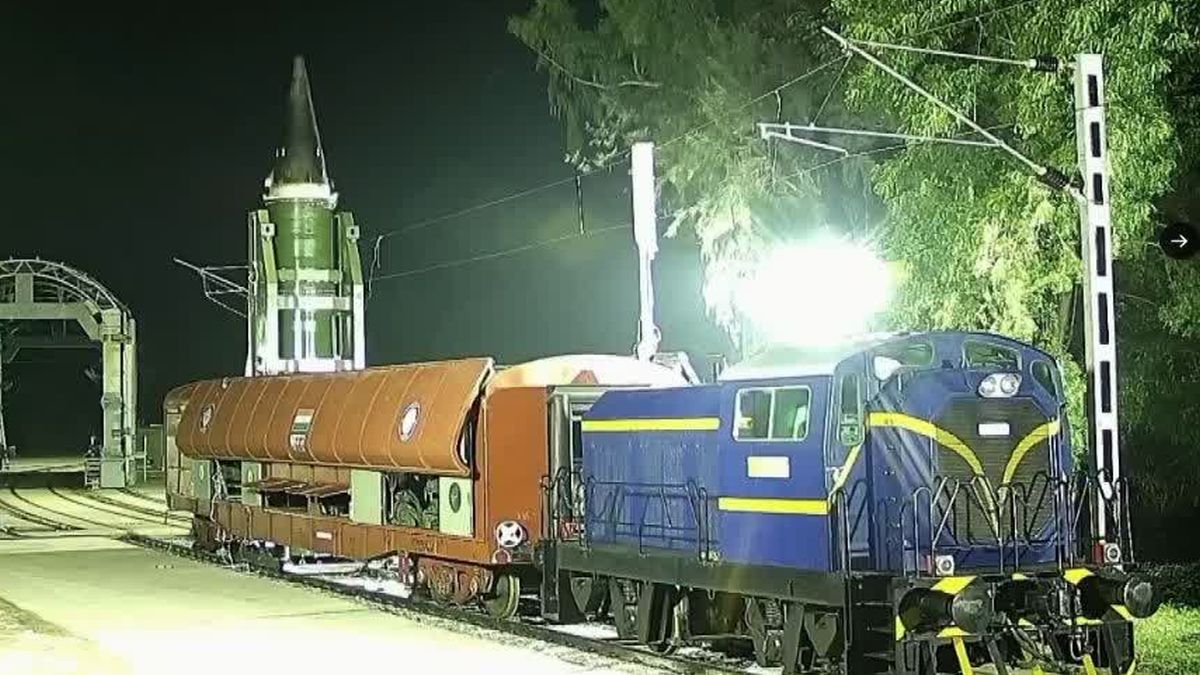)
)
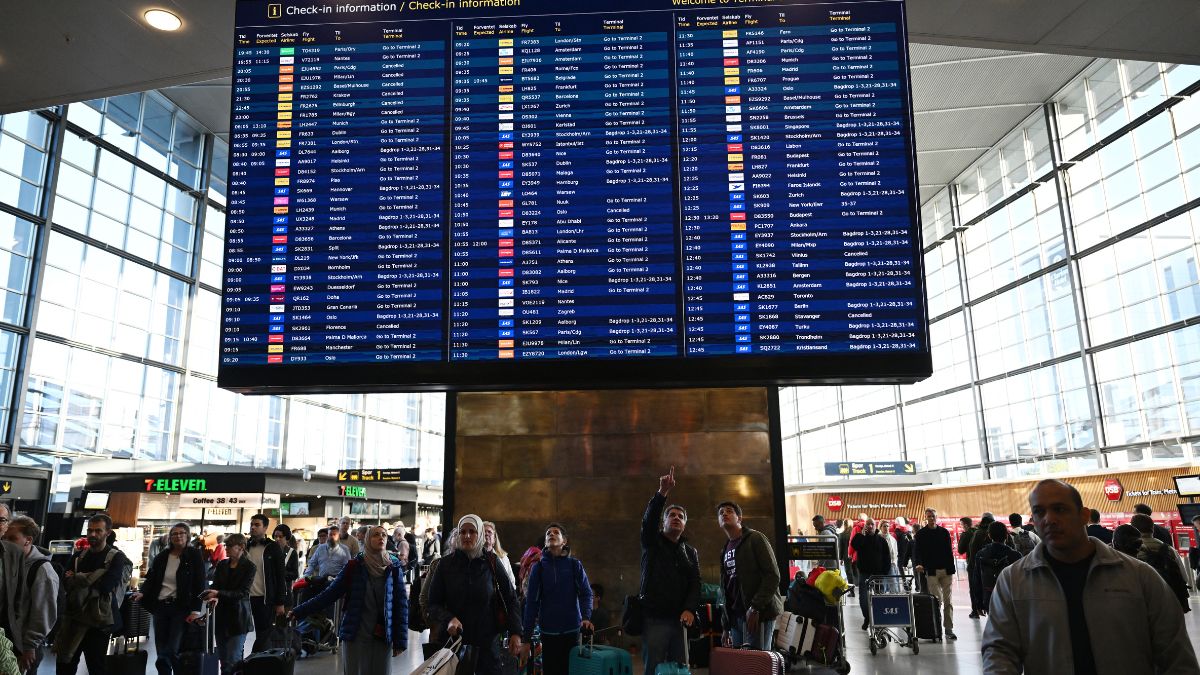)
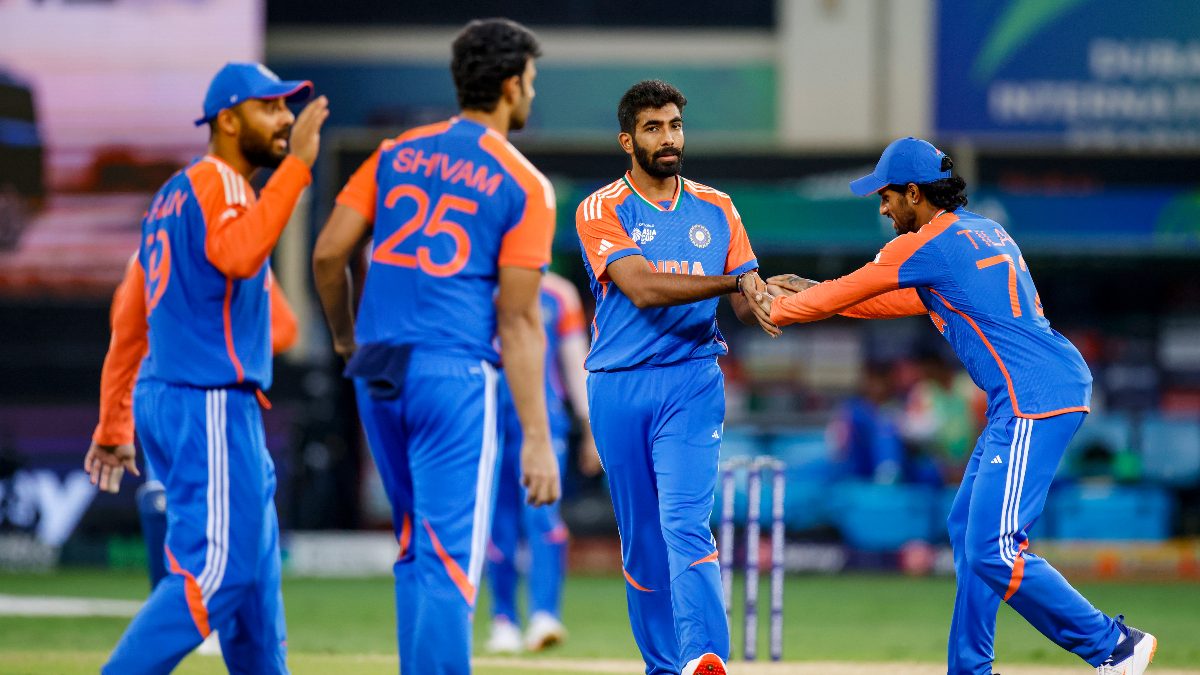)



